Noticing more hair falling out after winter? Here’s what you need to know.
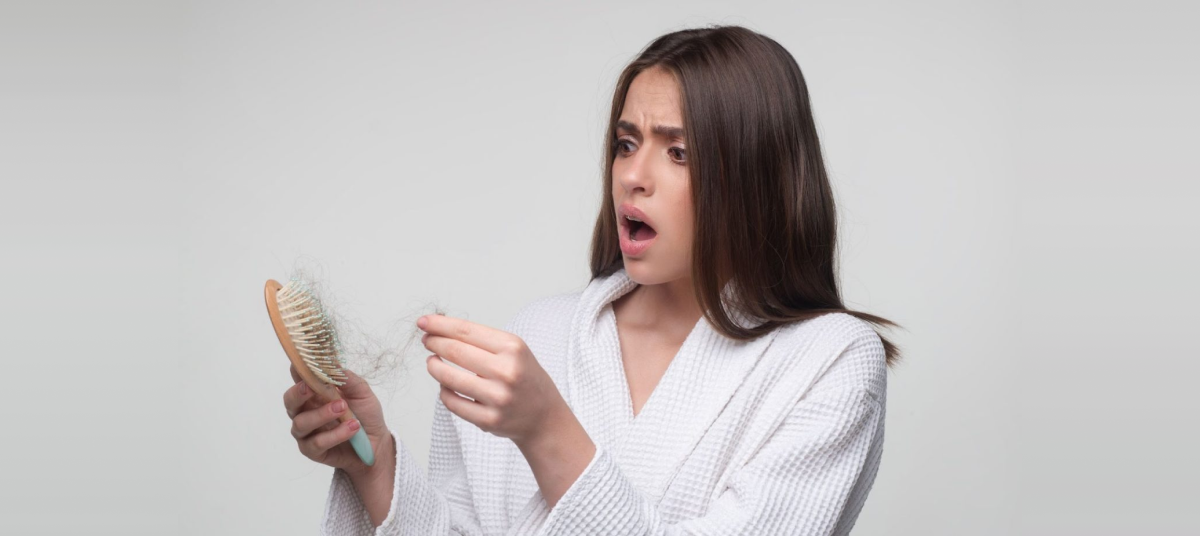
Spring Hair Shedding: Should You Be Worried?
You’ve finally ditched the winter coat and pulled out your favorite linen shirt — only to notice an unusual amount of hair on your brush. One more day and you’ll be naming the strand that lives permanently on your bathroom floor. Sound familiar?
In spring, hair really can go a little wild. But is it cause for panic? Or is it just part of the natural rhythm, like switching to daylight saving time? Let’s dive into what’s going on with your hair during the seasonal transition — without the drama and with all the facts.
Why Does Hair Shed More in Spring?
Seasonal hair shedding is a completely natural phenomenon. Hair goes through distinct growth cycles: anagen (growth), catagen (transition), and telogen (rest). Hair falls out most often during the telogen phase — which typically happens from late winter to early spring.
A few reasons why this occurs:
- Winter stress on the body. Less sunlight, cold weather, temperature swings, and wearing hats can all weaken hair follicles.
- Vitamin deficiency. In winter, our diet often lacks fresh greens, vegetables, and vitamin D from the sun.
- Hormonal shifts. Spring revs up the body’s systems, including hormone production.
- Delayed stress response. If you experienced stress in fall or winter — even mild fatigue — the effects may only show up in spring.
Should You Be Worried?
No, if:
- You lose up to 100 hairs a day (this is normal).
- Your hair doesn’t look noticeably thinner.
- The shedding lasts no more than 1.5–2 months.
Yes, if:
- Hair is falling out everywhere.
- Bald patches or a visible reduction in volume appears.
- The situation doesn’t improve over time.
In those cases, it’s best to see a trichologist — a specialist who can assess the issue and create a recovery plan.
What Can You Do Right Now?
Switch Up Your Haircare
Use a gentle shampoo without harsh surfactants, and consider adding a scalp tonic or anti-shedding ampoules. Don’t forget regular scalp massages — they boost circulation and support follicle health.
Ingredients That Work
When choosing anti-shedding products, look for:
- Caffeine – boosts blood flow and “wakes up” follicles.
- Peptides (like Copper Tripeptide-1) – extend the hair growth phase.
- Ginkgo biloba extract, menthol – improve microcirculation.
- Niacinamide (vitamin B3) – strengthens the scalp, reduces inflammation.
- Biotin, zinc – support hair structure.
If you have a sensitive scalp, avoid products that list alcohol high up in the ingredients.
Recommended products:
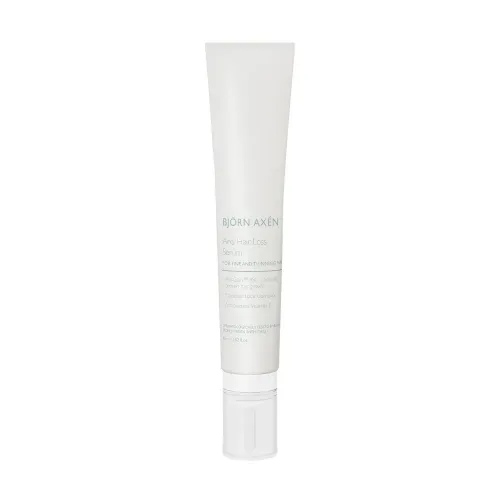
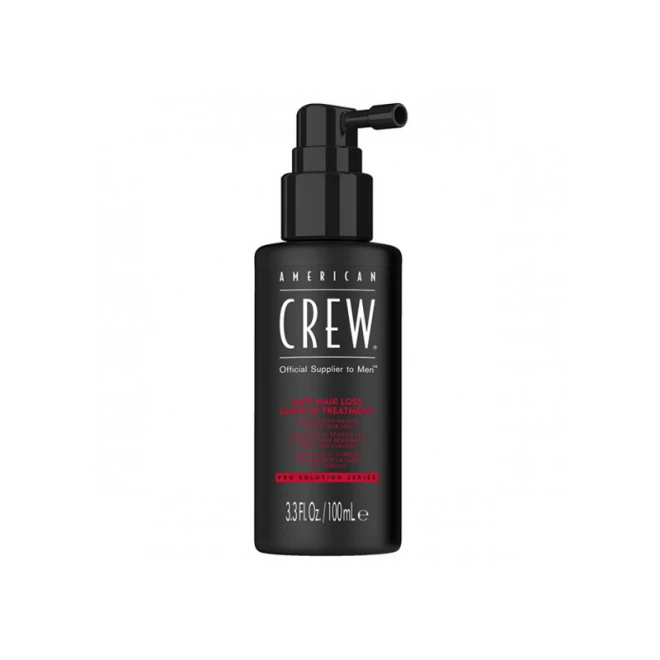
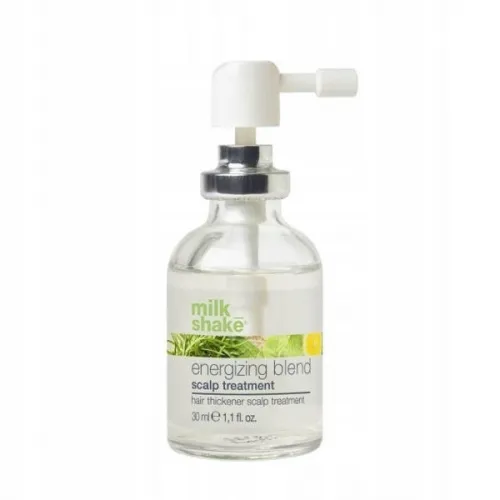
When Less Is More
If your scalp is healthy and you’re not experiencing excessive shedding, don’t rush to use growth stimulators just to “grow long hair fast.” It might actually backfire.
Hair naturally grows in cycles: anagen (growth), telogen (rest), catagen (shedding). If you keep artificially extending the anagen phase and delaying telogen, the follicle doesn’t get a chance to reset. The old hair stays in place too long, preventing new hair from pushing through. Over time, this can even cause the follicle to shut down.
Seasonal shedding is a renewal process — without it, we wouldn’t grow fresh, strong strands. So stimulation only makes sense when truly needed: after intense shedding, stress, hormonal imbalance, or in recovery periods.
Vitamins Are Your Friends
Biotin, zinc, vitamin D, and B-complex vitamins are must-haves between seasons. But it’s best to get tested first instead of self-prescribing.
Tests to consider if shedding is severe:
- Ferritin – shows your body’s iron reserves.
- Vitamin D – low levels often show up as hair loss.
- TSH, T3, T4 – thyroid hormones.
- Vitamin B12, folic acid – support cellular metabolism.
- Trace minerals: zinc, selenium, magnesium.
This helps determine whether you need internal support or if topical care is enough.
Less Stress, More Sleep
Easier said than done — but your emotional state directly affects your hair. When your body is in survival mode, it won’t prioritize hair growth. So make space in your day for little rituals that calm and ground you.
Handle With Care
Avoid aggressive brushing, overly tight hairstyles, and excessive use of hot tools.
Shedding Season Isn’t a Sentence
Think of it like spring cleaning: your body is letting go of the old to make space for new, stronger hair. With the right care, you can make this process gentle and barely noticeable.
So don’t panic, don’t fear the brush, and don’t hide the mirror. Add a little TLC to your beauty routine — and your hair will thank you.
Want to learn more about different types of hair loss? Read more here.

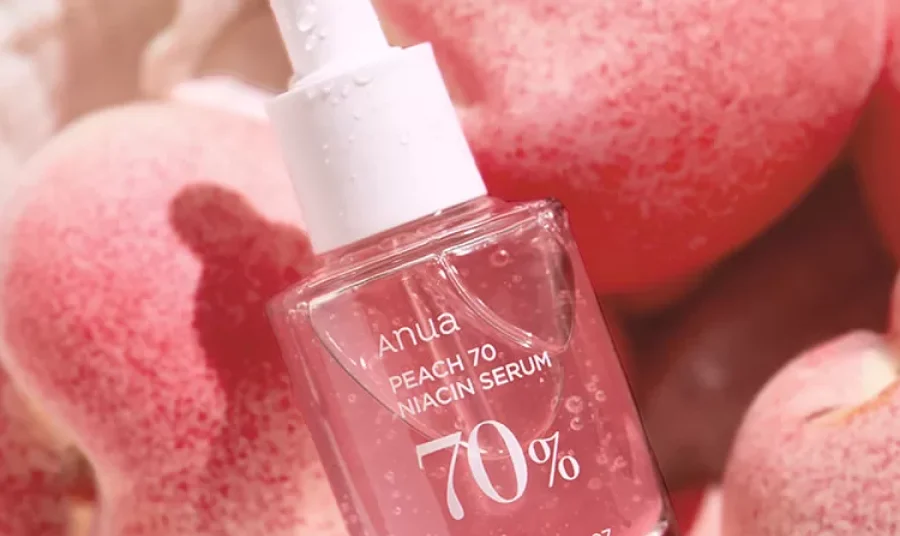
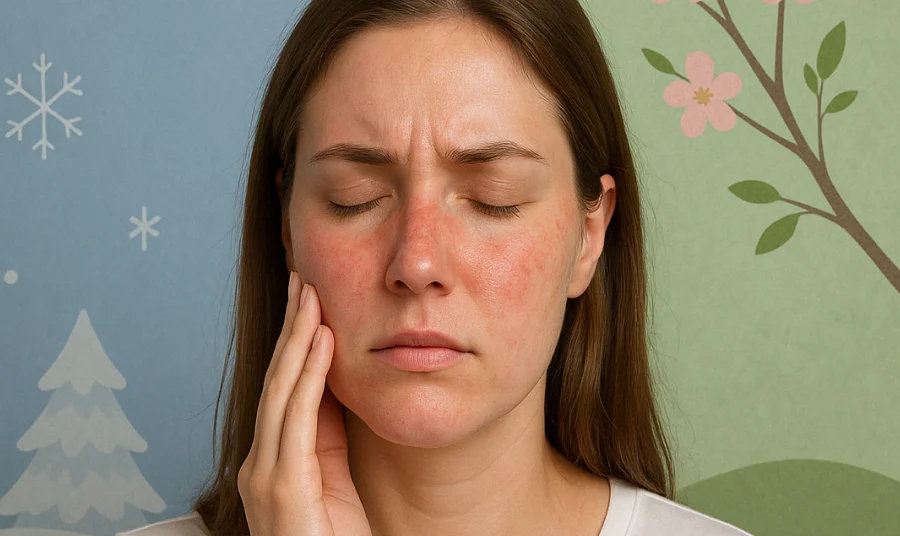
Leave a Comment